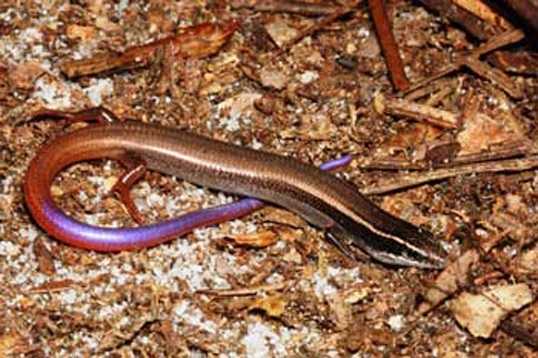

Chelsey’s passion for healing and helping tortoises was the spark necessary to get the license plate started. Inspired by wildlife rehabber Chelsey Vowles, the idea for the plate formed after she witnessed countless gopher tortoises being killed and injured while trying to cross the road. A keystone species, gopher tortoises dig burrows that are used by more than 360 other animal species, including some that live nowhere else. The gopher tortoise is a threatened species in the state of Florida, primarily due to loss of upland habitat. Specialty license plates have been an essential part of the conservation strategy for other Florida species including the manatee, Florida panther, and sea turtles, and we wish to add the gopher tortoise to this list.

With your help, we can help protect gopher tortoises and their upland habitat. The general body color ranges from gray to dark brown or black. For both species, the stripes on the back of adults fade in time. The stripes are cream-colored and run along the back of the skink’s body and down the sides, from snout to tail. Juveniles usually have a blue tail which makes up slightly. You can recognize a blue-tailed skink by its bright blue tail and light stripes. In order to bring awareness to the plight of the gopher tortoise, we are hoping to create this specialty license plate and propose that the funds generated by the plate be used for gopher tortoise habitat conservation, habitat management, and research. The bluetail mole skink is a small, shiny, cylindrical lizard of a brownish color. Determining the presence of these species on private conservation lands with dedicated scrub habitat management funding will contribute to meeting the recovery goals established to de-list these plant species and could affect the determination of whether or not to list either of the snake species.Wildlands Conservation is working to help create a specialty gopher tortoise license plate in the state of Florida. Endangered Species Act (the Florida pine snake, short-tailed snake, southern hog-nosed snake, and Florida scrub lizard), in addition to several U.S.- and State-listed plant species endemic to scrub habitats of central Florida’s ridges.

This research effort will also provide information on the presence of the federally-threatened Eastern indigo snake, and four at-risk reptiles that have been petitioned for listing under the U.S. improve habitat monitoring efforts on conservation lands to ensure the needs of these species are being met.refine scrub management guidelines to include the specific requirements of sand skinks and blue-tailed mole skinks.increasing public awareness of Florida sand skinks and blue-tailed mole skinks.2 A mixture of soil, sand, and wood chips is usually a good option. At least 6 inches (15.2 cm) of a quality substrate is necessary for your skink. It's important to use a substrate that's comfortable for your skink. In addition, this project will indirectly contribute to the recovery of these species by: Substrate is the substance used to fill the bottom of a tank. identifying research sites and collecting data to investigate life history and population ecology parameters (e.g., habitat needs, dispersal distance, etc.) of blue-tailed mole skinks that are important for informing conservation actions.defining co-occurrence probabilities for blue-tailed mole skinks when sand skinks are also present at a site, which will improve targeted survey efforts and inferences about presumed effects on this subspecies.identifying standardized survey techniques that maximize the detection probabilities of blue-tailed mole skinks.determining detection and occupancy estimates for these species that can be used to predict occupancy elsewhere.improving our understanding of the genetic structure of these species throughout the region.establishing population estimates for skink species to begin monitoring efforts needed to meet de-listing criteria.updating the current status and distribution of these species on private and public conservation lands in this region.


 0 kommentar(er)
0 kommentar(er)
